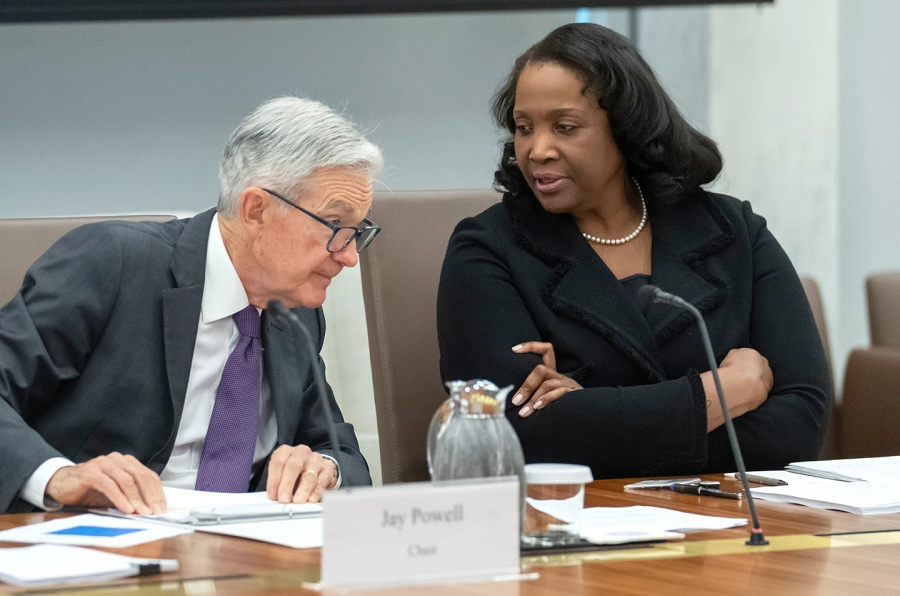What is the correlation between FED independence and inflation?
FED independence has increased over time and inflation has come down. But correlation is not the same as causation.

US President Donald Trump says he's removing Fed governor Lisa Cook
There’s clearly a lot of hullabaloo over the ‘sacking’ of Fed Governor Cook by President Trump. It is seen as an attack on Fed independence, and that’s true. It is also seen as a route to higher inflation. But this is more contentious. Not because less Fed independence will mean lower inflation, but because price pressures are likely to persist whatever the independence of the Fed.
For many years now we have argued that central bank independence is not as important as many think when it comes to lowering inflation. Instead, inflation has fallen from the 1970s and 1980s because of very helpful structural global trends such as demographics, meaning a low-wage, more-productive global workforce, and globalization, as this workforce produced cheap goods to sell abroad. These were hugely powerful trends. The fact that central bank independence has also improved dramatically from the 1980s is a coincidence, not a causal factor.
In other words, central banks claimed the credit for creating lower inflation through the 1980s, 90s and up to Covid in 2020 but their contribution was really minuscule. For instance, if central bank independence is supposed to have led to the creation of credible inflation targets of 2% (for most countries), why couldn’t central banks lift inflation to these target levels in the period between the global financial crisis and Covid?
Instead, inflation was stuck below target for many years. But even before Covid we argued that inflation was likely to enter into a multi-year, even multi-decade uptrend as these structural factors such as deglobalisation and demographics went into reverse. Looking ahead, our concerns over these structural price pressures have only increased because globalisation and demographic support have been reversed even faster than we had imagined by US policy decisions in areas such as tariffs and tough anti-migration measures.
Even as inflation came down after the 2021/22 surge, many analysts argued that central banks would not be able to get inflation back to target, let alone undershoot the target. That too has been the case for most G10 countries, at least so far. Again, we might ask why central banks have not been able to achieve their inflation targets if their independence and credibility is unquestionable. They can’t do so because these longer-term structural factors that we are talking about are pushing inflation up.
Indeed, we might also add additional factors, like climate change and its impact on food prices, or the decline in labour participation since the pandemic which has tightened labour markets despite the weakness of economic growth. In these circumstances, the most that can be hoped from central bank independence is that inflation does not get out of control again, like it did in 2021 and 2022. Most probably the best solution is to lift inflation targets modestly to account for the change in these structural factors but central banks won’t do this for fear that it will undermine their credibility.
Does what we have explained here account for the relatively benign reaction in the market to Cook’s ‘sacking’ by President Trump? Steven Barrow, Head of Standard Bank G10 Strategy doubts it. That’s probably down to the fact that many think Trump’s efforts to remove Cook will fail. Steven Barrow’s point is that, even if Trump fails to sack Cook and even if the Fed’s independence and credibility is left untarnished, price pressures will continue to persist. That’s true of other countries as well even if it is the US that is in the eye of the storm because tariff-related price pressures have yet to show through. Ultimately, the cost of Trump’s push to mould the Fed in his rate-cutting image will probably weigh on asset prices. The yield curve will likely steepen and the dollar likely fall but the important point to remember here is that we’ve left a period of multi-decade inflation decline and entered one where inflation is more likely to rise.








